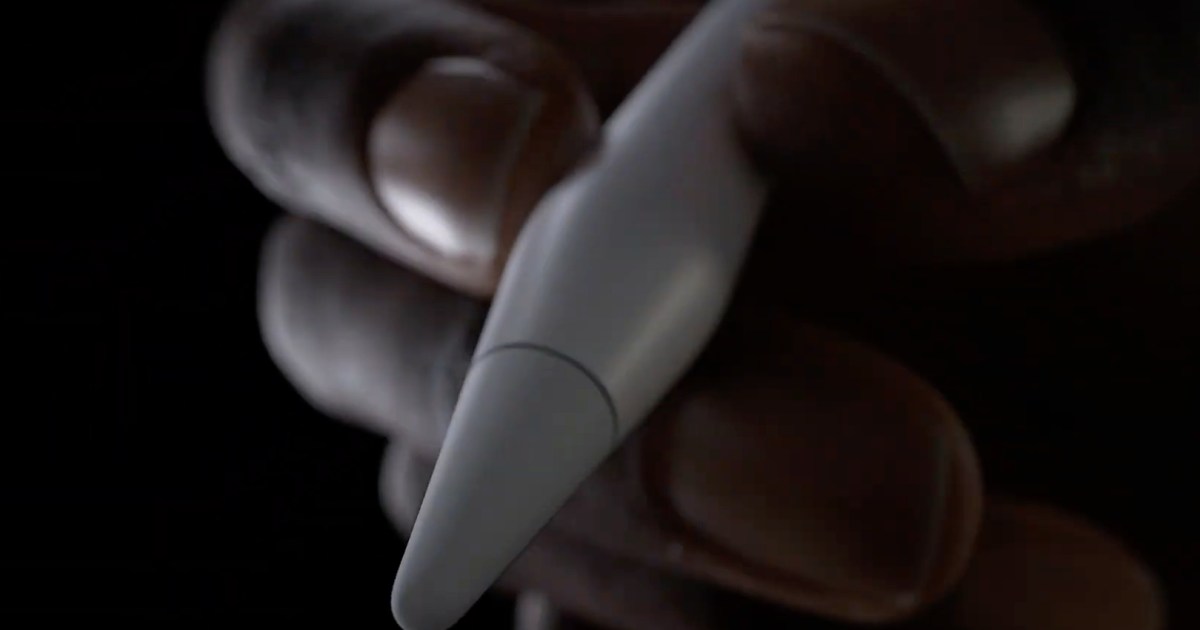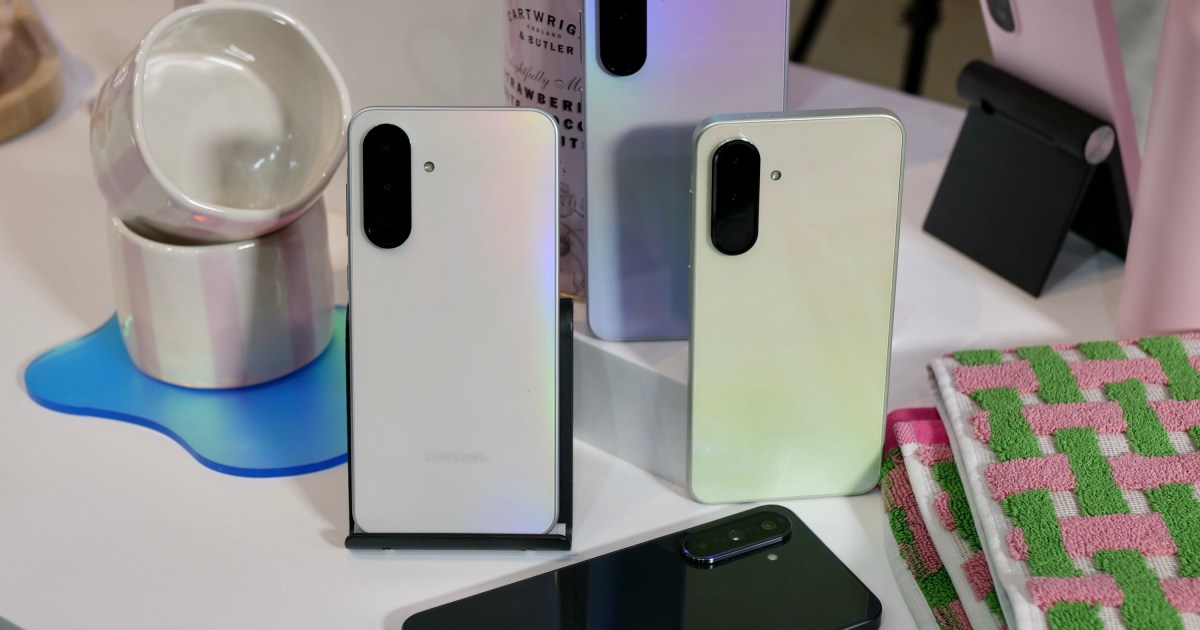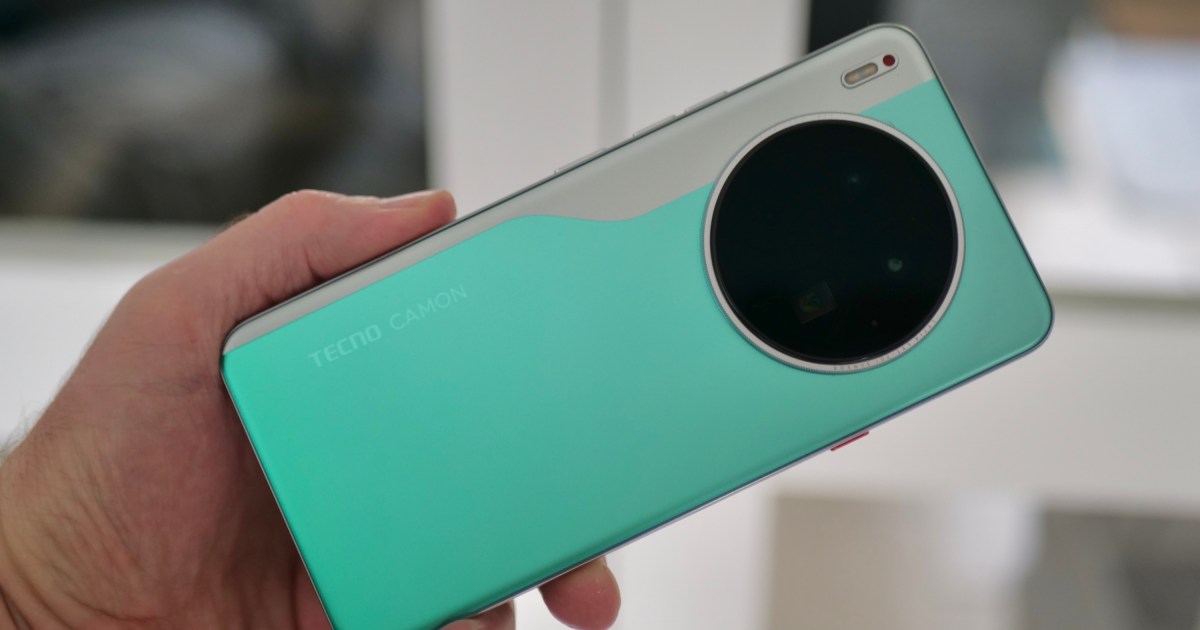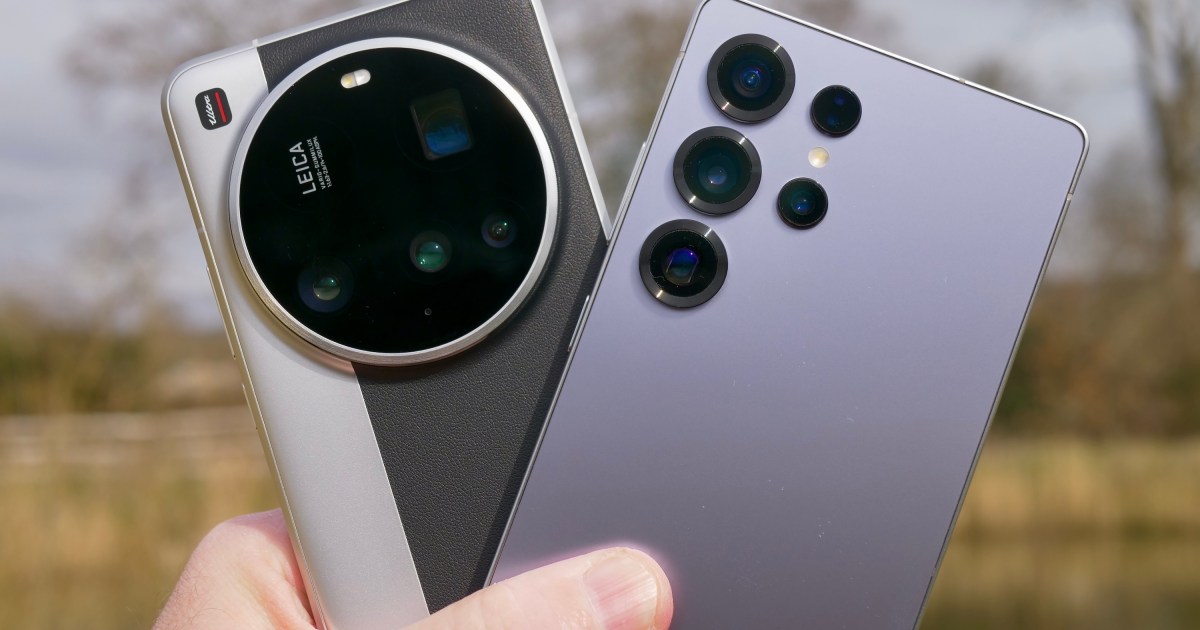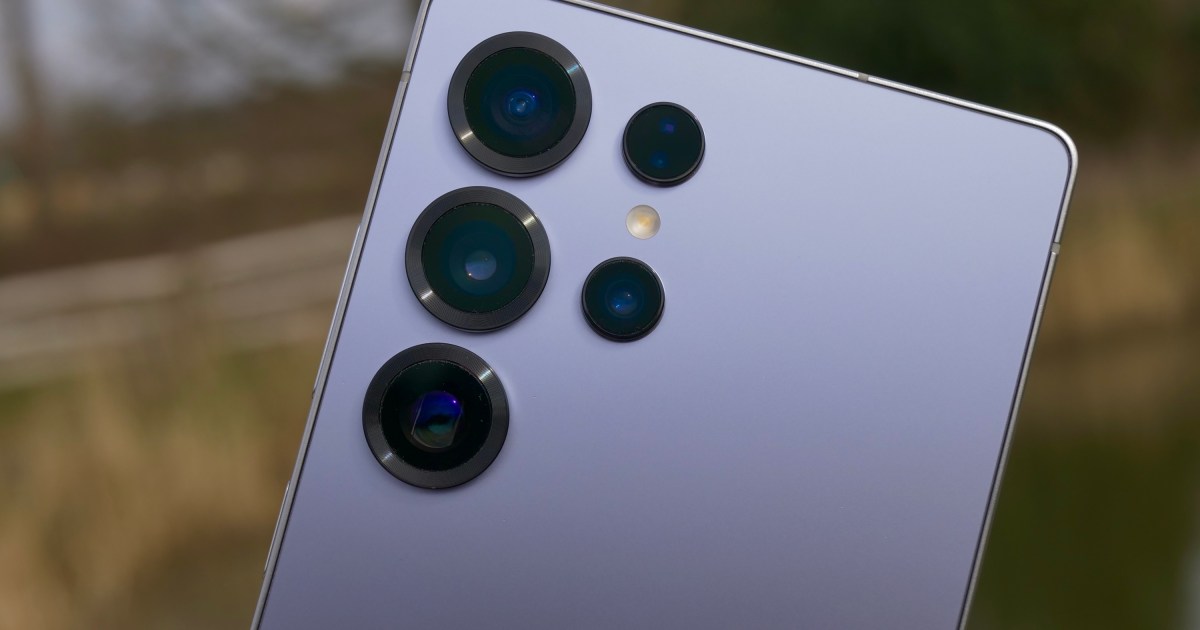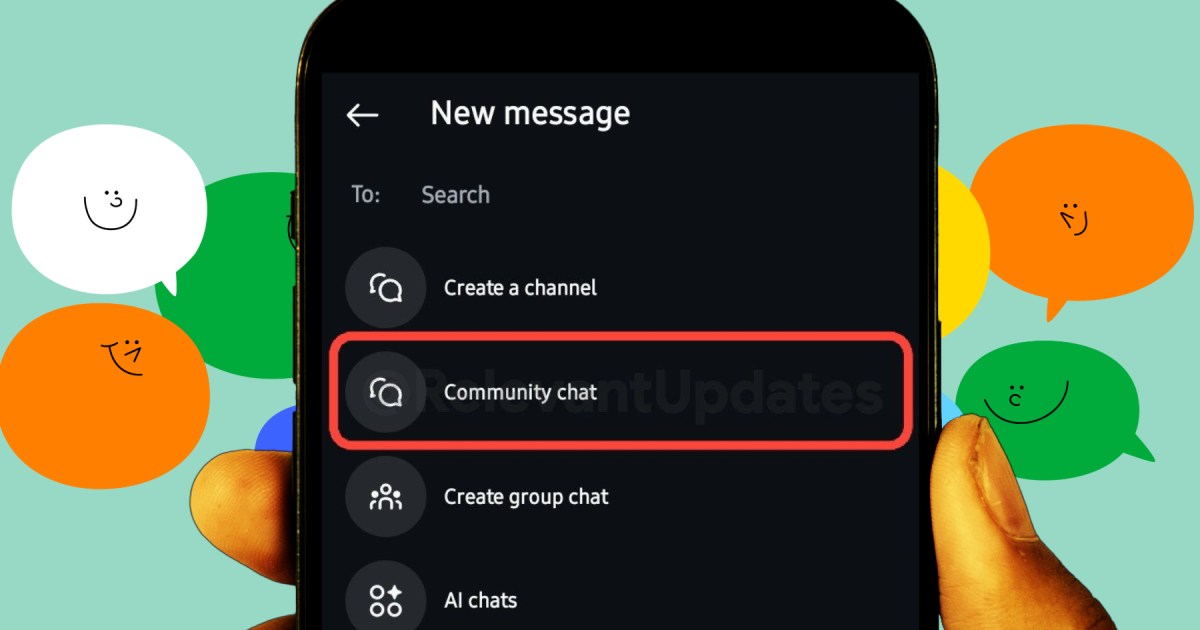Apple recently refreshed its iPad lineup, introducing a new M3 iPad Air and an updated entry-level iPad. While the M3 Air is a solid mid-range option, the updates feel incremental. The entry-level iPad, however, presents a curious omission in the age of Apple Silicon: a lack of support for advanced AI features despite using an A16 chip. Amid these hardware updates, one persistent challenge remains: choosing the right Apple Pencil.
Decoding the Apple Pencil Lineup
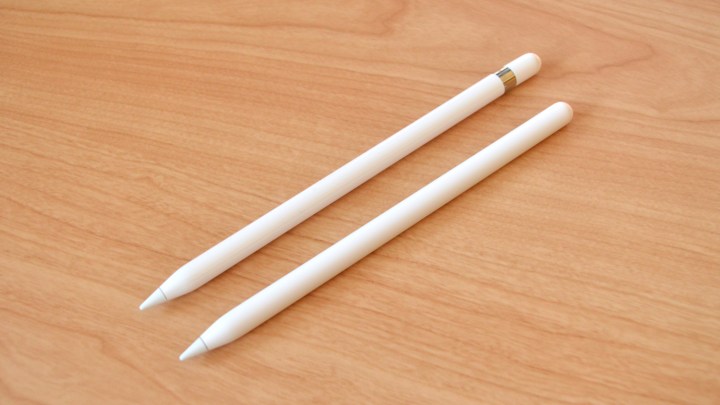 Apple Pencil (1st generation) next to the Apple Pencil (2nd generation).
Apple Pencil (1st generation) next to the Apple Pencil (2nd generation).
Navigating Apple’s stylus offerings can be confusing. Apple currently sells and supports four distinct Apple Pencil models:
-
Apple Pencil (1st generation): Launched in 2015 with the original 12.9-inch iPad Pro, this model charges via a Lightning connector directly on the iPad or with an adapter.
-
Apple Pencil (2nd generation): Introduced in 2018 alongside the redesigned 11-inch and 12.9-inch iPad Pros, this version features magnetic charging on the iPad’s side.
-
Apple Pencil (USB-C): Debuted in late 2023 as a budget-friendly option for the entry-level iPad, this stylus charges with a standard USB-C cable.
-
Apple Pencil Pro: Released in 2024 with the M2 iPad Air and M4 iPad Pro, it offers magnetic side charging and advanced features.
While the first-generation Apple Pencil’s continued existence is puzzling, Apple still sells and supports it for older iPads and even the latest entry-level model.
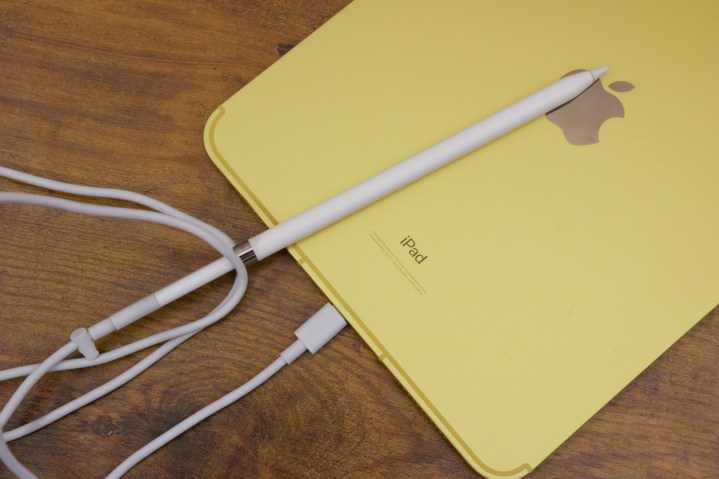 The iPad (2022) with an Apple Pencil plugged into it using a USB-C cable and adapter.
The iPad (2022) with an Apple Pencil plugged into it using a USB-C cable and adapter.
This created a charging conundrum with the 2022 iPad’s transition to USB-C. While understandable due to compatibility limitations, the adapter requirement remains inconvenient.
The Promise and Shortcomings of the Apple Pencil (USB-C)
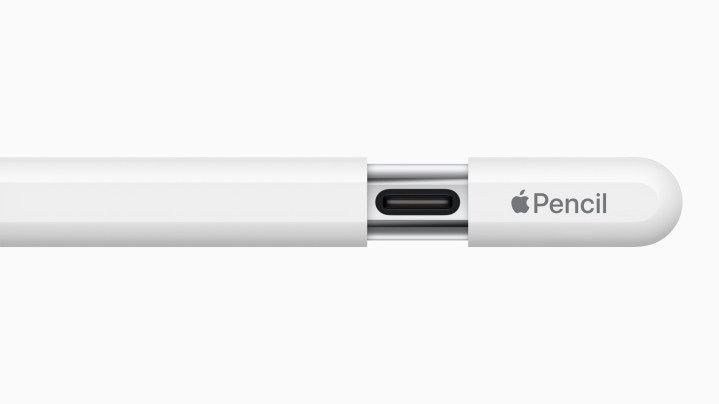 The sliding cap being shown on the Apple Pencil (USB-C).
The sliding cap being shown on the Apple Pencil (USB-C).
The Apple Pencil (USB-C) aimed to address the charging issue. Offering a more affordable price and convenient USB-C charging, it seemed like the ideal solution. It also added hover support, previously exclusive to higher-end iPads, and magnetic attachment (though not charging) to flat-edged iPads.
However, it lacked the pressure sensitivity of the first-generation Apple Pencil, likely explaining its continued support even on the 2025 iPad. While the new iPad is nearly identical to its predecessor, this was a missed opportunity to streamline the stylus options.
Simplifying the Stylus Selection
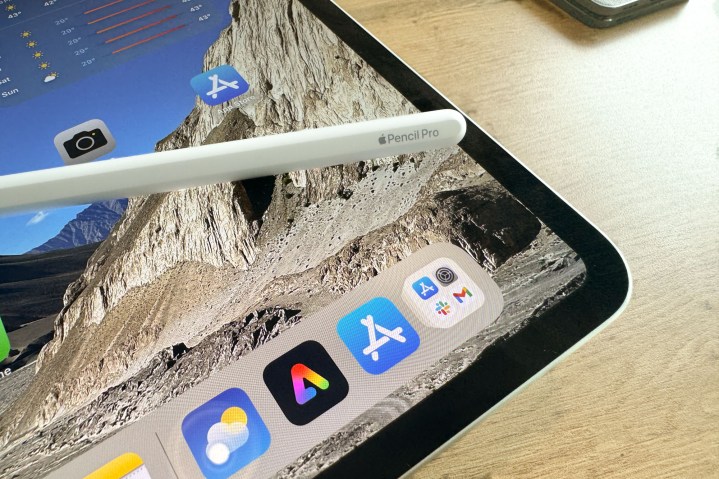 Apple Pencil Pro and M4 iPad Pro.
Apple Pencil Pro and M4 iPad Pro.
Choosing a stylus for other iPads is simpler. The Apple Pencil Pro is compatible with 2024 and later iPad Pro, Air, and mini models, while earlier versions use the second-generation Apple Pencil. The first-generation model remains relevant only for budget iPad users requiring pressure sensitivity, but the adapter requirement adds complexity. The Apple Pencil (USB-C) remains the best option for general note-taking and sketching across most iPads, even for some Pro users. Remember, third-party alternatives also exist.
Apple’s attempt to simplify its Apple Pencil webpage suggests a recognition of this complexity. While temporarily showcasing all four models, it now features only the Apple Pencil Pro and USB-C versions, sufficient for current iPads. The key takeaway is that while the Apple Pencil landscape is complex, understanding the nuances of each model allows for informed decision-making based on individual needs and budget.



